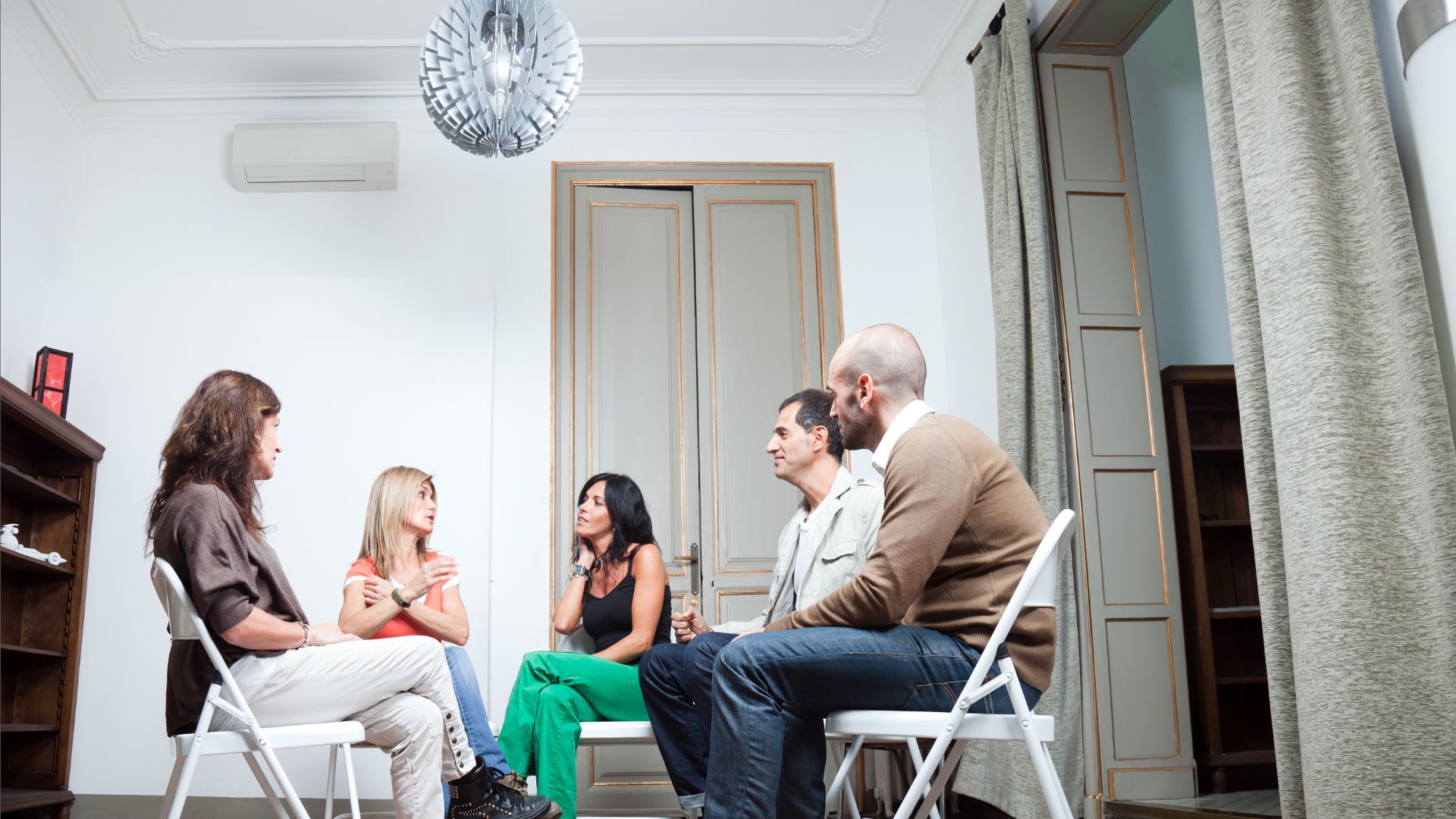When we think of therapy, most of us envision the traditional setting with a client relaxed on a couch in the psychologist’s office, talking through their behavioral or emotional troubles. On the other hand, art therapy offers a means of profoundly personal expression beyond the limitations of language. Through mindful, creative expression, art therapy can help individuals process difficult emotions and relieve stress and tension.
The Body Feels Before the Mind Knows
Often when we react emotionally, it is just that: a reaction. We might not even know why we’re irritated or what provoked our anger. We just feel mad or upset, and we may be driven to push that negativity out in harmful ways. We may lash out at others or abuse substances to feel better. When our emotions get the best of us, we disassociate from our thoughts, feelings and behaviors. What if there was a better, healthier way to get in touch with our emotions before we let our feelings create even more tension?
Into the Subconscious
Art therapy can serve as a gateway for our emotions, allowing them to surface in a mindful way that promotes healing instead of reinforcing destructive habits. A straightforward exercise used in art therapy is drawing your emotions.
We may struggle to know what to draw as we don’t always know what we’re feeling. Suppose we instead let our overthinking minds take the backseat to mindfulness. In this way, we can bring awareness to our bodies, feeling its subtle complexities and tensions and allowing this information to guide our hand on the paper. The practice can seem daunting, but once you start drawing, you’ll likely discover something more about the way you’re feeling, something that your body has known before your conscious mind has.
Humans tend to overthink and get stuck living in their thoughts. Using creative art to just be present with what we’re doing can help us let go of much of the anxiety we feel, simply because fear doesn’t exist in the present moment. When our minds get stuck in the future, we experience the tension of anxiety.
Emotions Are Not Always Black And White
Sometimes we may be able to describe precisely how we’re feeling with a single word. Other times, our emotions are so abstract and complicated that concrete language and definitions cannot come close to expressing the way we feel. Art therapy develops the ability to understand ourselves intuitively rather than cognitively. For example, if you draw sharp, red lines and geometric shapes, it may not seem like a big deal. Another day, you may draw soft, blue waves and circles instead. Looking back, you may realize that the first time you tried the exercise, you were tense, anxious, angry or otherwise agitated. Using art as a mirror to the soul helps us understand our abstract emotional states in a more mindful way.
Feel, Process, Release
More than just gaining insight into the abstract emotions we’re feeling, art is a powerful medium through which to express and process those emotions. What we have to understand is that no feeling is inherently positive or negative. Each of them has incredible value. The practice of mindfulness applied to art therapy helps ground us in the way we’re feeling, extending loving-kindness and space to the emotions that arise within us.
If we handle our emotions in this way, we can channel them through our bodies and out onto our creative mediums. We can even create horrific, anxiety-provoking works of art, but in doing so we let them out of our bodies and minds and into art in a way that we can accept and appreciate their beauty. Further, it helps us understand that we are not our emotions. And while we can’t control what arises within us, the longer we fight, suppress, avoid, or resist our feelings, the longer they will create suffering for us. While art therapy is undoubtedly a powerful tool for developing emotional resilience, it requires patience, presence and above all else, vulnerability. Art can heal the deepest parts of ourselves if we let it, but we have to be willing to open up.
As your emotional awareness develops, it is essential to practice acceptance of the way you’re feeling. An excellent exercise involving acceptance is to draw out the way you currently think mindfully. Then, draw out the way you would like to feel. Doing so creates bridges between emotions and allows us to better understand our emotions’ impermanent and ever-changing nature. Just because we are anxious right now doesn’t mean we have to be frustrated too. Instead, we can accept how we feel, be okay with it, and allow it to be. When we’re ready, we can move on in the direction we’d like to go, but not before completely accepting things as they are.
Emotions are a part of being human, but they can often get the best of us. They often influence our behavior without us realizing or being able to center ourselves and act mindfully. Art therapy can help us better understand our inner emotions, allowing us to develop emotional resilience. Using art as therapy not only lets us gain insight into our subconscious or repressed feelings but offers a great way to process emotions and create a healthier relationship with ourselves. Safe Harbor understands the emotional difficulties that arise with substance abuse and coinciding mental health disorders. We offer a holistic approach to healing, making use of mindfulness and experiential therapies like art therapy alongside individual and group psychotherapy and cognitive behavioral therapy and much more. We understand how challenging the recovery process is, which is why we are here for you with love and support. Call (833) 579-1450 today to learn more about our services.
START YOUR JOURNEY WITH
SAFE HARBOR HOUSE
(310) 861-4157
Contact Us Today
Verify Your Insurance




